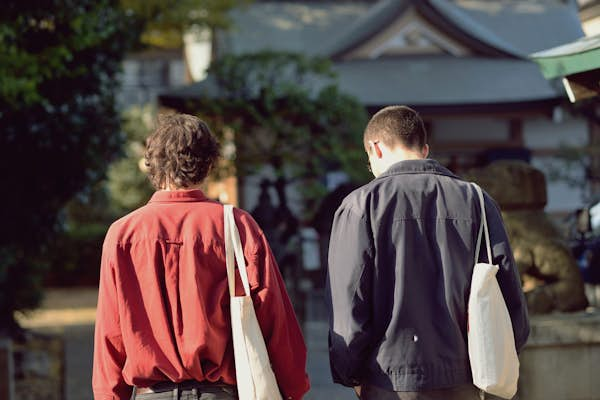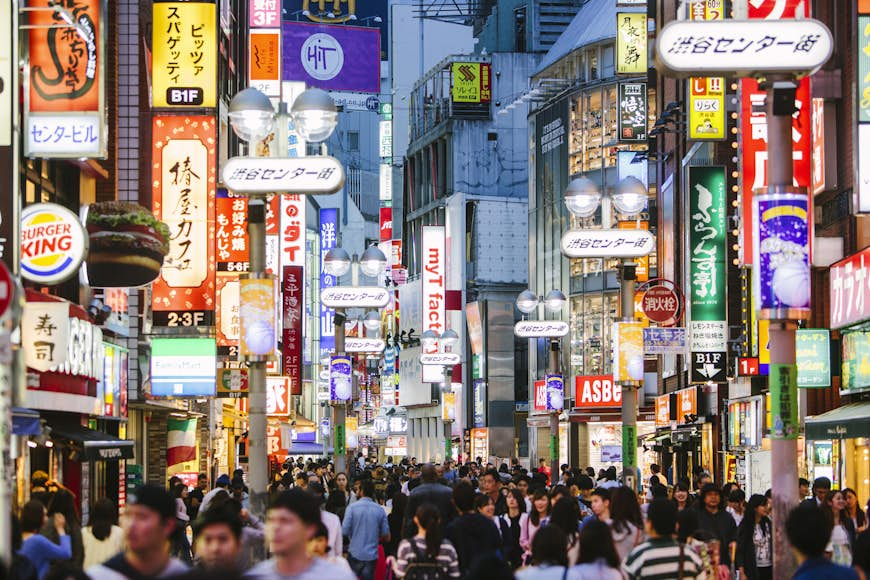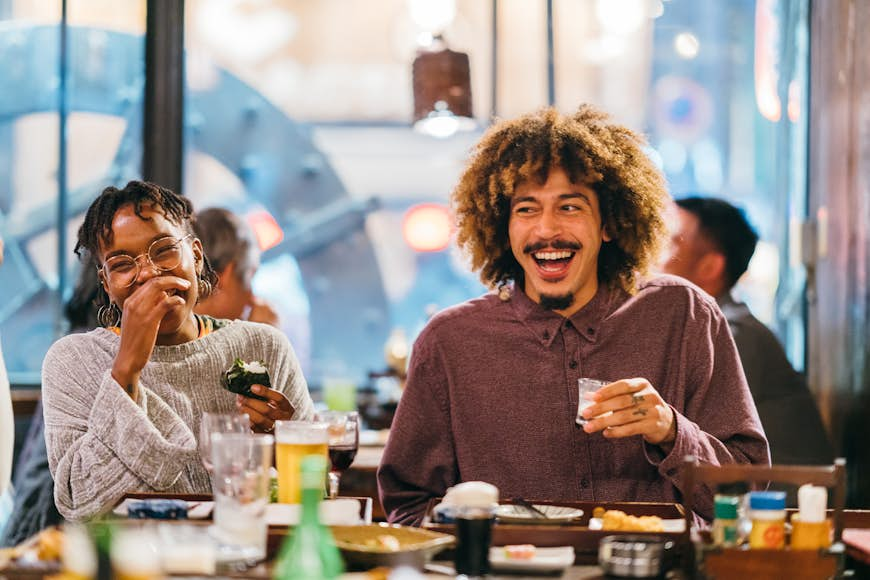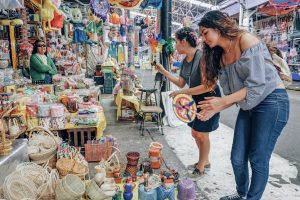
On October 11, Japan will finally open its doors to independent travel following more than two years of some of the world’s toughest border restrictions. The country is also bringing back visa-free entry for visitors from more than 60 countries.
Does that mean it will be as easy to visit now as it was pre-pandemic? Sort of. There are still some pandemic-era rules in place, and you might find that locals are still taking many precautions against the virus compared to other nations. Yet at the same time, there’s much excitement on the ground about the return of international tourism, with Japan gearing up to welcome visitors back with exciting new attractions and events.
Japan’s best food and drink experiences
1. Do I need to pack a mask?
Yes. Face masks have been a norm in Japan since before the pandemic. People often wear them year-round to protect their lungs from air pollution and to protect themselves and others from viruses, infections and allergens. While Japan has no official mask mandate in place, you’ll find that many businesses still require people to wear one indoors; you’ll also see people with a mask while on a bus, train or taxi, or in any sort of crowded indoor environment. They’re an everyday item for many, and it wouldn’t hurt to have one in your bag or pocket at all times. If you forget to pack one, it’s easy enough to find a surgical-style disposable face mask in airports and pharmacies all over Japan.
 There are plenty of new attractions for people to enjoy in Japan in 2022/23 © Getty Images
There are plenty of new attractions for people to enjoy in Japan in 2022/23 © Getty Images
2. Have I checked which entry rules apply to me?
Japan has a color-coded classification entry scheme for all countries, which will continue even after travel rules ease on October 11. The system sets out distinct rules depending on what country you’re entering Japan from. Travelers coming from a “blue” country – a list that currently includes the United States, Canada, the UK, Australia, Mexico, Thailand and many EU nations – no longer have to quarantine and have the option to show proof of vaccination or negative test results before traveling. Travelers from “yellow” and “red” countries are subject to additional entry requirements, such as testing upon arrival and quarantine. You can view the complete list of countries and categories here.
The 10 most spectacular road trips in Japan
3. Have I downloaded the MySOS app?
MySOS is a smartphone app (available for Android and iOS) that’s used to record your vaccine and health information for entry into Japan. It should help you get through airport security checks more quickly by being a one-stop shop for all of your essential documents. If you’re traveling with kids, their relevant information can be stored in your MySOS app, too.
4. Do I need to apply for a visa?
Japan will reinstate visa-free travel on October 11 for travelers from more than 68 countries, including the US, Canada, the UK, Ireland, Australia, Mexico, Argentina, Singapore, Thailand and more. If a passport holder a country on the visa-waiver list, you won’t need a visa to travel to Japan if you’re staying for less than 90 days.
The ultimate guide to karaoke in Japan
 Japanese restaurants require advance bookings, even at this stage of the pandemic © Getty Images
Japanese restaurants require advance bookings, even at this stage of the pandemic © Getty Images
5. Should I reserve restaurants and museums in advance?
Japan has some of the most sophisticated, creative and celebrated restaurants on the planet. And for many travelers, its cuisine is one of Japan’s biggest draws. Getting a table at the top spots has always been a challenge in the capital Tokyo (whether it’s Kozue for seafood, Tamawarai for soba, or the two-star Michelin Den, you generally need to express your interest well before showing up), and in cities like Kyoto and Osaka – but since the pandemic, most restaurants across the country require advance reservation, a rule that hasn’t gone away even as the government relaxes its response to the pandemic.
Museums also have new entry systems in place as well, and you’ll likely need to book your spot before showing up. Check the website of the museum you wish to visit ahead of your trip to secure your preferred date and time.
8 unique places to stay in Tokyo
6. What new attractions can I add to my Japan itinerary?
Theme Parks
It feels like there’s always something exciting brewing in Japan. While the pandemic may have paused momentum, it’s now full speed ahead for the opening of some much-anticipated new attractions. The main event is probably Ghibli Park, a theme park based on the works of animation legend Hayao Miyazaki set to open in Aichi Prefecture on November 1. Unlike traditional theme parks, you won’t find rides here: instead, you’ll walk through the dreamy, watercolor-style landscapes and architecture from Ghibli movies like My Neighbor Totoro and Howl’s Moving Castle.
Culture
Earlier this year, Ishikawa’s New Prefectural Library opened, featuring 300,000 open stacks of books (and the capacity for two million). It’s quickly become a magnet for anyone who loves books, crafts, art and history, and anyone with even a passing interest in cutting-edge architecture. The building’s exterior resembles the pages of a book being turned, while inside you’ll find craftworks by Ishikawa’s master artisans.
Trying the traditional crafts of Ishikawa prefecture
Discover Tokyo neighbourhoods
History
Now that borders are open you can visit a new UNESCO site in northern Japan, open since May 2021. The Jomon Prehistoric Sites collectively form a Cultural Heritage Site, at which you’ll learn about the culture of the indigenous Jōmon people across 17 archaeological areas.
Bullet Trains
Japan’s public transport system is among the best in the world, its jewel the high-tech, high-speed bullet-train network, which is continuously expanding. If you want to test a new route on your travels, the Nishi-Kyūshū line opened in September, taking passengers on a 41-mile journey between the famous hot spring town of Takeo Onsen in the northwest and the city of Nagasaki (gateway to the Gotō Islands) in just 23 minutes.
Cities
If you’re in Tokyo, check out Okushibu, the Japanese nickname for “Deep Shibuya.” This once well-kept secret within the shopping district of Shibuya has now become a go-to zone for late-night cafe culture, as well as some really unique and creative restaurants. Okushibu runs parallel to the new rooftop Miyashita Park, and you can stay in the heart of the action when the new Trunk Hotel Yoyogi Park opens in 2023. Expect a rooftop infinity pool with views across the park – and the city.



